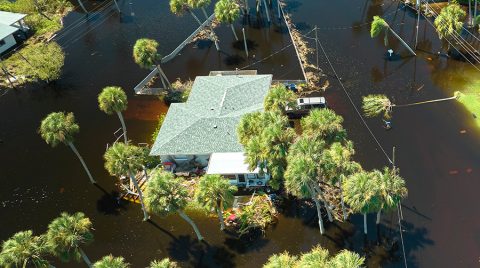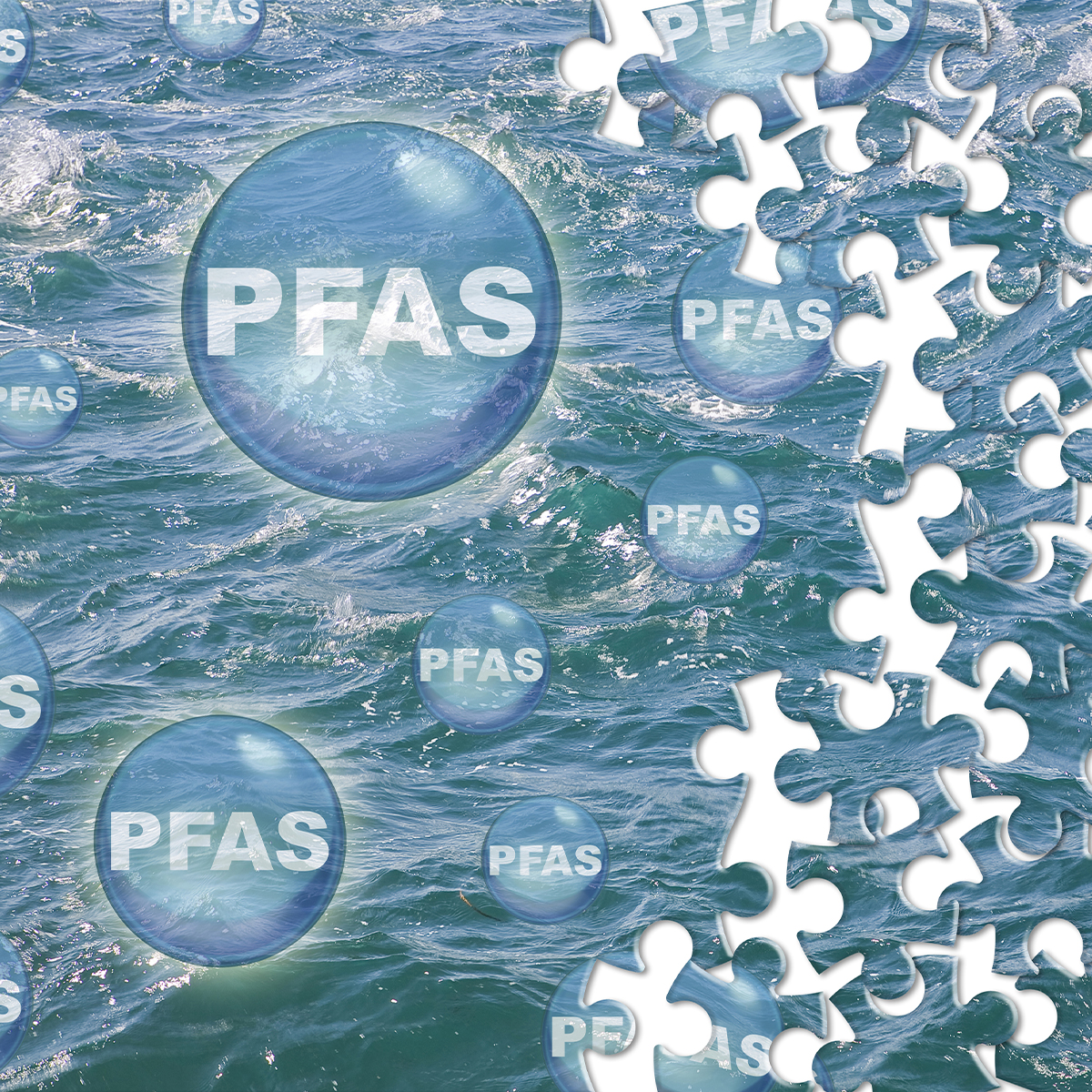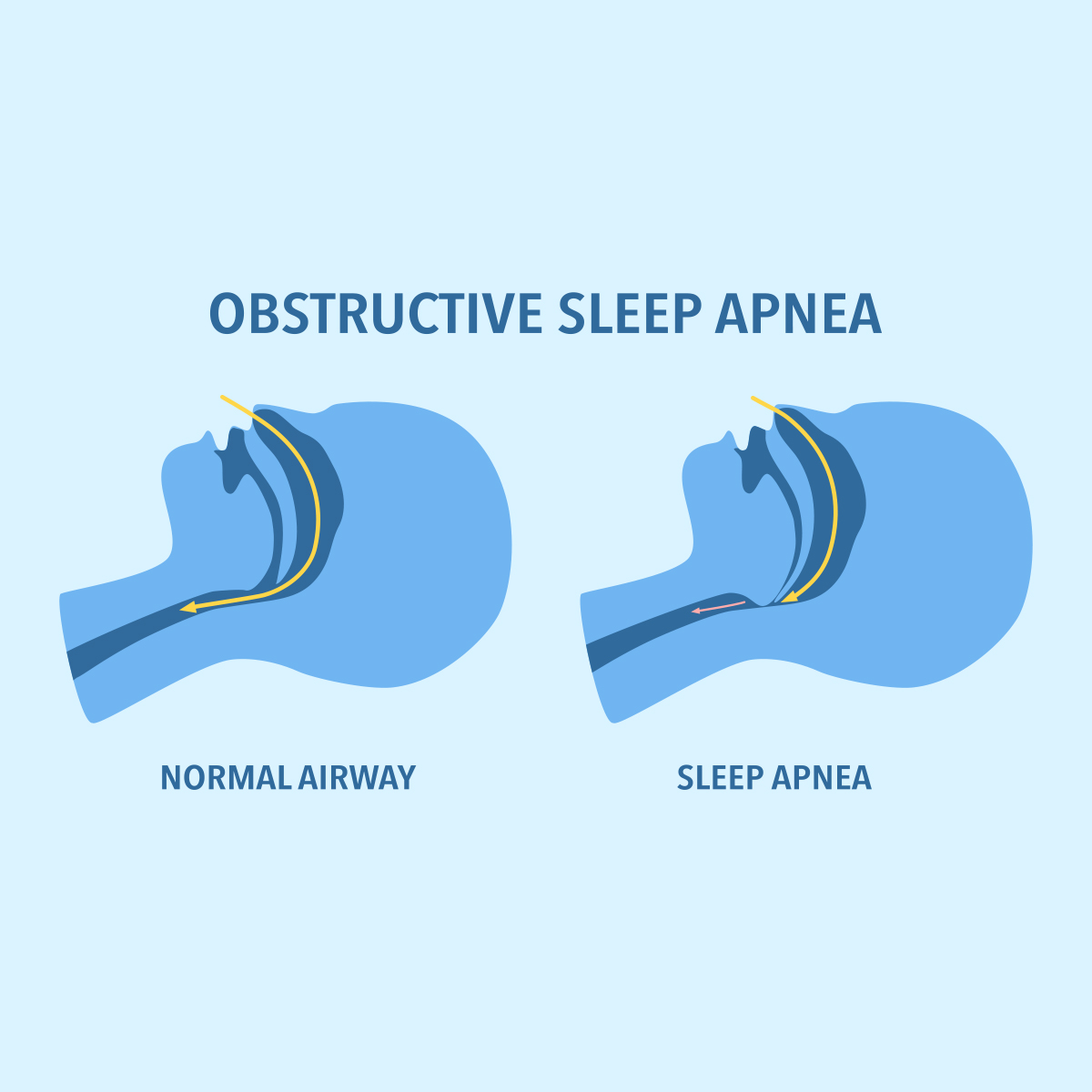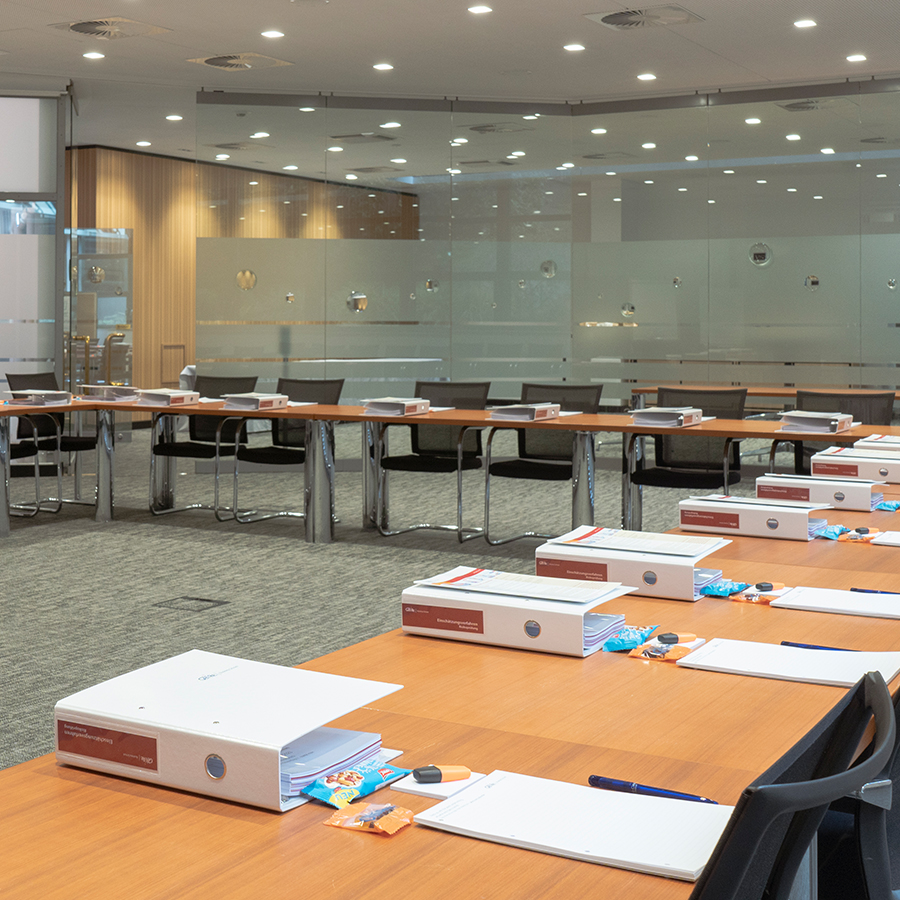-
Property & Casualty
Property & Casualty Overview

Property & Casualty
We offer a full range of reinsurance products and the expertise of our talented reinsurance team.
Expertise
Publication
Structured Settlements – What They Are and Why They Matter
Publication
PFAS Awareness and Concern Continues to Grow. Will the Litigation it Generates Do Likewise?
Publication
“Weather” or Not to Use a Forensic Meteorologist in the Claims Process – It’s Not as Expensive as You Think
Publication
Phthalates – Why Now and Should We Be Worried?
Publication
The Hidden Costs of Convenience – The Impact of Food Delivery Apps on Auto Accidents
Publication
That’s a Robotaxi in Your Rear-View Mirror – What Does This Mean for Insurers? -
Life & Health
Life & Health Overview

Life & Health
We offer a full range of reinsurance products and the expertise of our talented reinsurance team.

Publication
Key Takeaways From Our U.S. Claims Fraud Survey
Publication
Favorite Findings – Behavioral Economics and Insurance
Publication
Individual Life Accelerated Underwriting – Highlights of 2024 U.S. Survey
Publication
Can a Low-Price Strategy be Successful in Today’s Competitive Medicare Supplement Market? U.S. Industry Events
U.S. Industry Events
Publication
The Latest in Obstructive Sleep Apnea -
Knowledge Center
Knowledge Center Overview

Knowledge Center
Our global experts share their insights on insurance industry topics.
Trending Topics -
About Us
About Us OverviewCorporate Information

Meet Gen Re
Gen Re delivers reinsurance solutions to the Life & Health and Property & Casualty insurance industries.
- Careers Careers
3 Challenges the Insurance Industry Will Face As Spain's Economy Recovers

July 09, 2015
Francicso Moreno
Region: Europe
English
The global economic crisis that started in 2007 had a powerful effect on Spain, leading to the so-called Great Spanish Recession from 2008 to 2014. For four of those years the country suffered negative GDP growth, hitting a record low of -3.8% in 2009. Fortunately, there is currently strong consensus among economists that the crisis could be over.1 Spanish and international financial institutions forecast a 2.5% GDP growth for Spain in 2015.
Unsurprisingly, the insurance industry in Spain was not immune to the effects of this severe economic crisis. From 2008 to 2014, the value of this insurance market went from 59.2 billion EUR to 55.5 billion EUR, a 6.27% decrease in line with the decline in the country’s overall GDP.
However, the premium decreases were by no means uniform. Particularly on the non-life side, lines of business with large increases (Health +23%, Homeowners +22%, Apartments +23%), were coupled with very large decreases in other lines of business (Motor -20%, Engineering -53%, Casualty -32% and Fire -37%). Remarkably, ROE during this period remained around 15%.
Economic recovery is certainly good news. Activity growth will have a positive impact on all lines of business from a premium perspective. A recovery in the housing market will produce more mortgages and credits with associated life policies. People will buy more cars and motor policies. The government will increase spending on civil works, resulting in construction insurers having new risks to insure. Company investments in new plants and machinery will provide much needed growth for Property insurers. Larger company turnovers will help the Casualty market recover. As a matter of fact, recent forecasts suggest a non-life premium increase of around 2.5%, in keeping with GDP growth.
Despite the positive outlook, it’s clear that challenges still lie ahead:
- Initial Solvency Capital Requirement (SCR) results show that insurers in Spain are well prepared for Solvency II from a balance sheet perspective. But it’s clear that some companies will need to increase their capital base in order to comply with the new rules. The low/negative interest rate environment will be particularly harmful for insurers that benefited from recent high Spanish Government Bonds rates.
- The forthcoming change to the “Baremo” Motor Bodily Injury Table (in 2016) will pose a big challenge to Motor insurers in Spain. Initial estimates suggest that Bodily Injury indemnities will grow by 15% - the impact of which motor insurers might struggle to cope with in a very competitive market.
- However, the main aspect insurance companies must follow closely in Spain is the loss ratio. Growth in activity inevitably produces an increase in exposure. When this happens after a prolonged crisis period, the exposure grows exponentially. Lack of maintenance, prevention measures and/or adequate staffing are typical in companies that have gone through a tough financial period. Increased activity under these circumstances adds potential exposure not only in terms of number of losses but also the size of losses. Add in soft market conditions and strong competition and insurers will find it difficult to implement the necessary premium rate increases.
As a direct reinsurer, we face many of the same issues as our clients. If you’d like to speak to a Gen Re underwriter about the challenges associated with economic recovery after a large crisis, and under soft market conditions, give us a call.
1. www.theguardian.com/world/2015/mar/26/bank-of-spain-economic-recovery-accelerating





